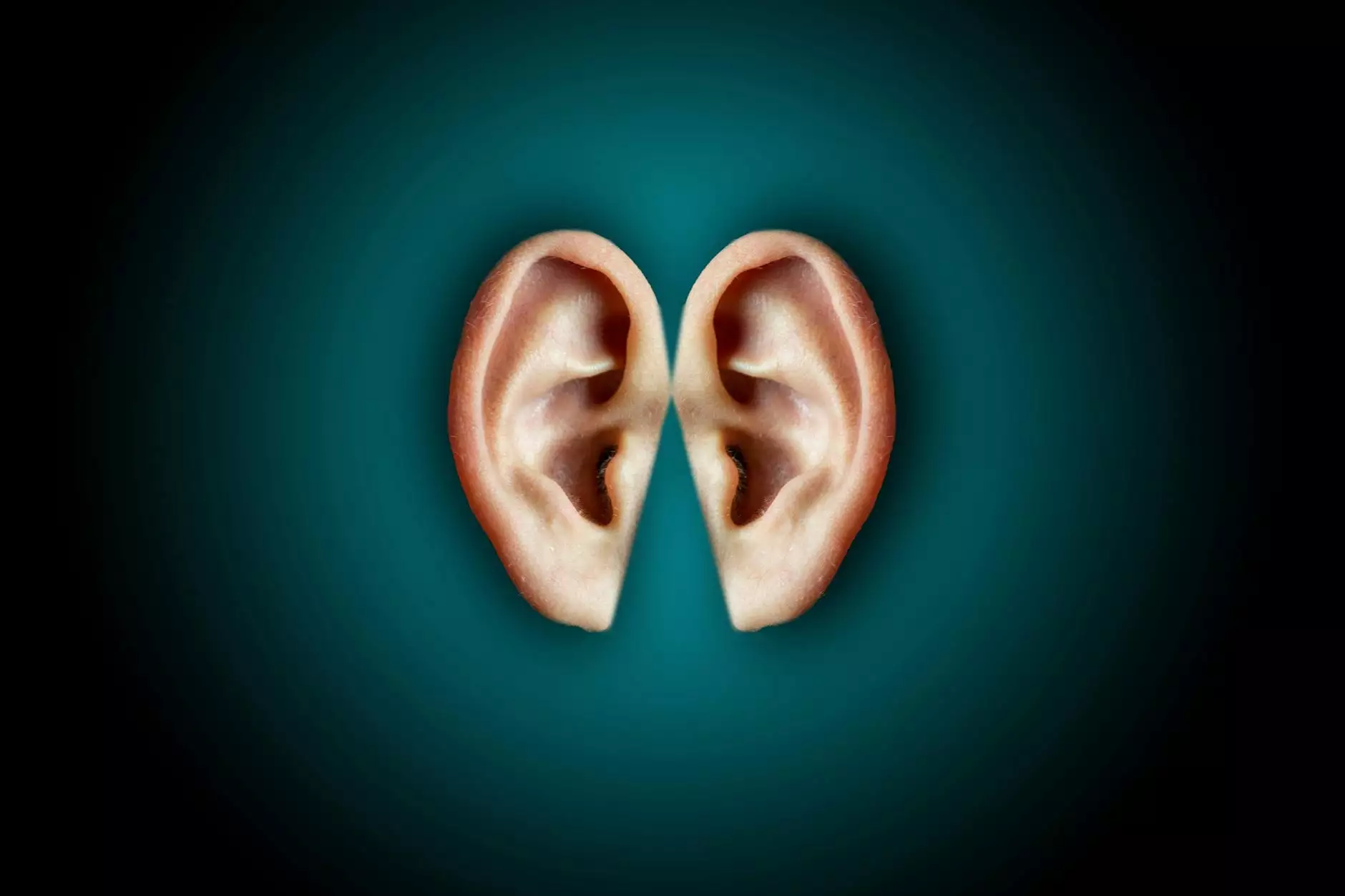What is BPPV?
Conditions
Welcome to Nasseri Medical Centre & Medspa's comprehensive guide on Benign Paroxysmal Positional Vertigo (BPPV). BPPV is a common vestibular disorder characterized by brief episodes of dizziness or spinning sensations that are often triggered by specific head movements.
Causes of BPPV
BPPV occurs when tiny calcium crystals known as otoconia become dislodged from their usual position within the inner ear and migrate into the fluid-filled canals responsible for detecting head movements. These displaced otoconia disrupt the normal flow of fluid, leading to inaccurate signals being sent to the brain about the body's position in space.
The exact cause of otoconia dislodgement is often unknown, but it may be associated with head trauma, aging, inner ear infections, or other medical conditions affecting the vestibular system. Certain activities or positions that involve head movements, such as rolling over in bed or looking up, can trigger the symptoms of BPPV.
Symptoms of BPPV
The primary symptom of BPPV is vertigo, which is a sensation of spinning or a spinning-like motion. Vertigo episodes typically last less than one minute and often occur with sudden head movements. Other common symptoms include:
- Dizziness
- Lightheadedness
- Nausea
- Unsteadiness or imbalance
- Blurred vision
- Difficulty concentrating
BPPV can significantly impact a person's quality of life, causing anxiety, fear of falling, and limiting daily activities.
Diagnosis
Diagnosing BPPV involves a thorough evaluation of a person's medical history, a physical examination, and specialized tests conducted by a qualified healthcare professional. The Dix-Hallpike test and the Roll test are commonly used to provoke and observe the characteristic symptoms and eye movements associated with BPPV.
Treatment Options
Nasseri Medical Centre & Medspa offers various effective treatment options for BPPV:
Epley Maneuver
The Epley maneuver is a series of head movements performed by a healthcare provider to help reposition the displaced otoconia within the affected inner ear canal. This treatment is often successful in resolving or reducing BPPV symptoms.
Brandt-Daroff Exercises
Brandt-Daroff exercises can be performed at home and involve a sequence of head and body movements that help the brain adapt to the displaced otoconia. These exercises can help alleviate symptoms over time, particularly in mild cases of BPPV.
Canalith Repositioning Procedure
The Canalith Repositioning Procedure, also known as the CRP or the Semont maneuver, involves a series of specific head maneuvers that aim to guide the dislodged otoconia out of the affected canal and into a less sensitive part of the inner ear. This procedure can offer long-term relief from BPPV symptoms.
Medication
In some cases, medication may be prescribed to help manage the symptoms of BPPV, such as anti-vertigo medications or medications to alleviate associated nausea or anxiety.
Expert Care for BPPV at Nasseri Medical Centre & Medspa
At Nasseri Medical Centre & Medspa, our dedicated team of healthcare professionals specializes in diagnosing and treating various vestibular disorders, including BPPV. We understand the impact that BPPV can have on your daily life and overall well-being, and we are committed to providing personalized care and effective treatment options tailored to your specific needs.
If you are experiencing symptoms of BPPV or suspect that you may have this condition, don't hesitate to schedule an appointment at Nasseri Medical Centre & Medspa. Our expert team will work with you to develop a comprehensive treatment plan to help you find relief and regain your quality of life.



